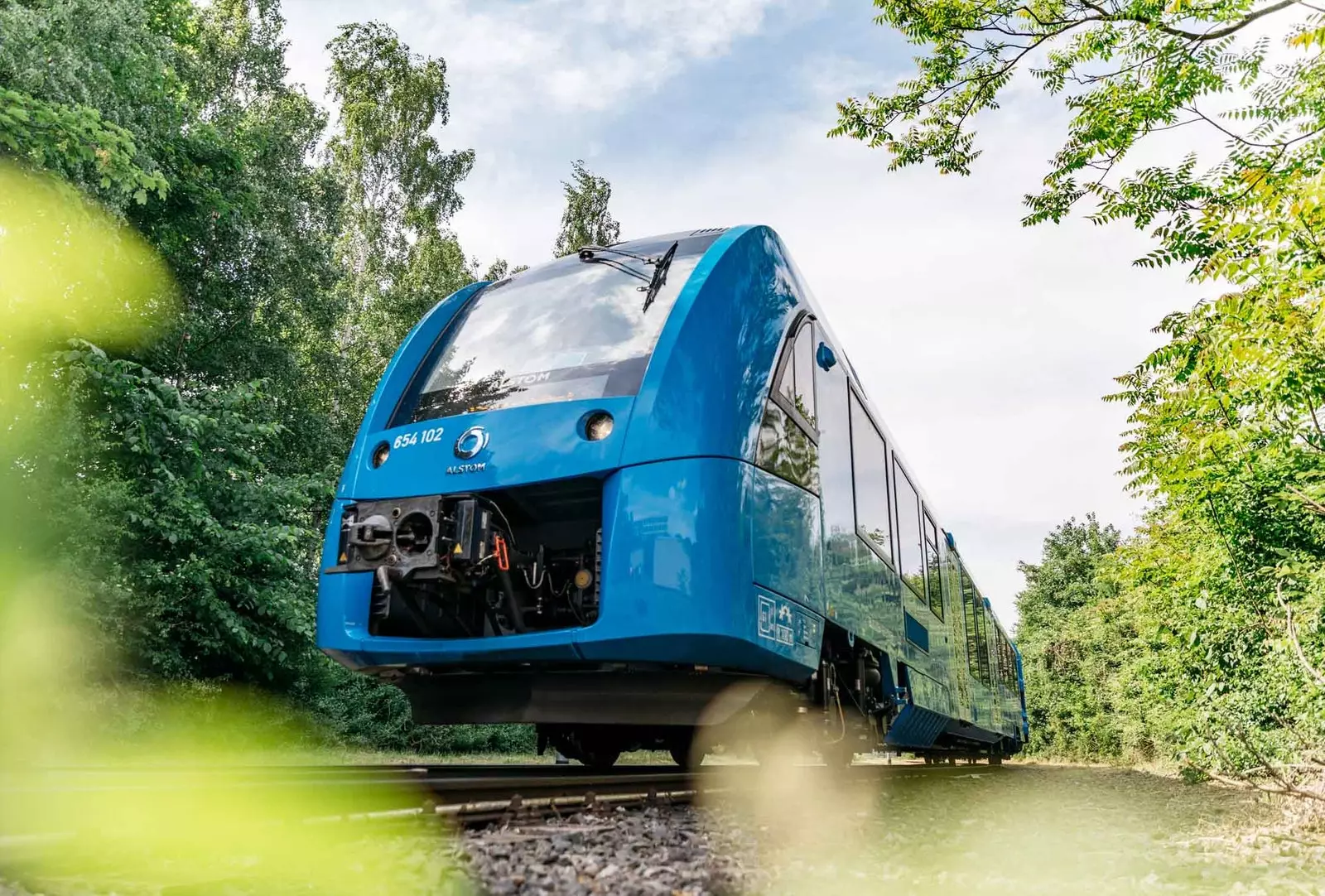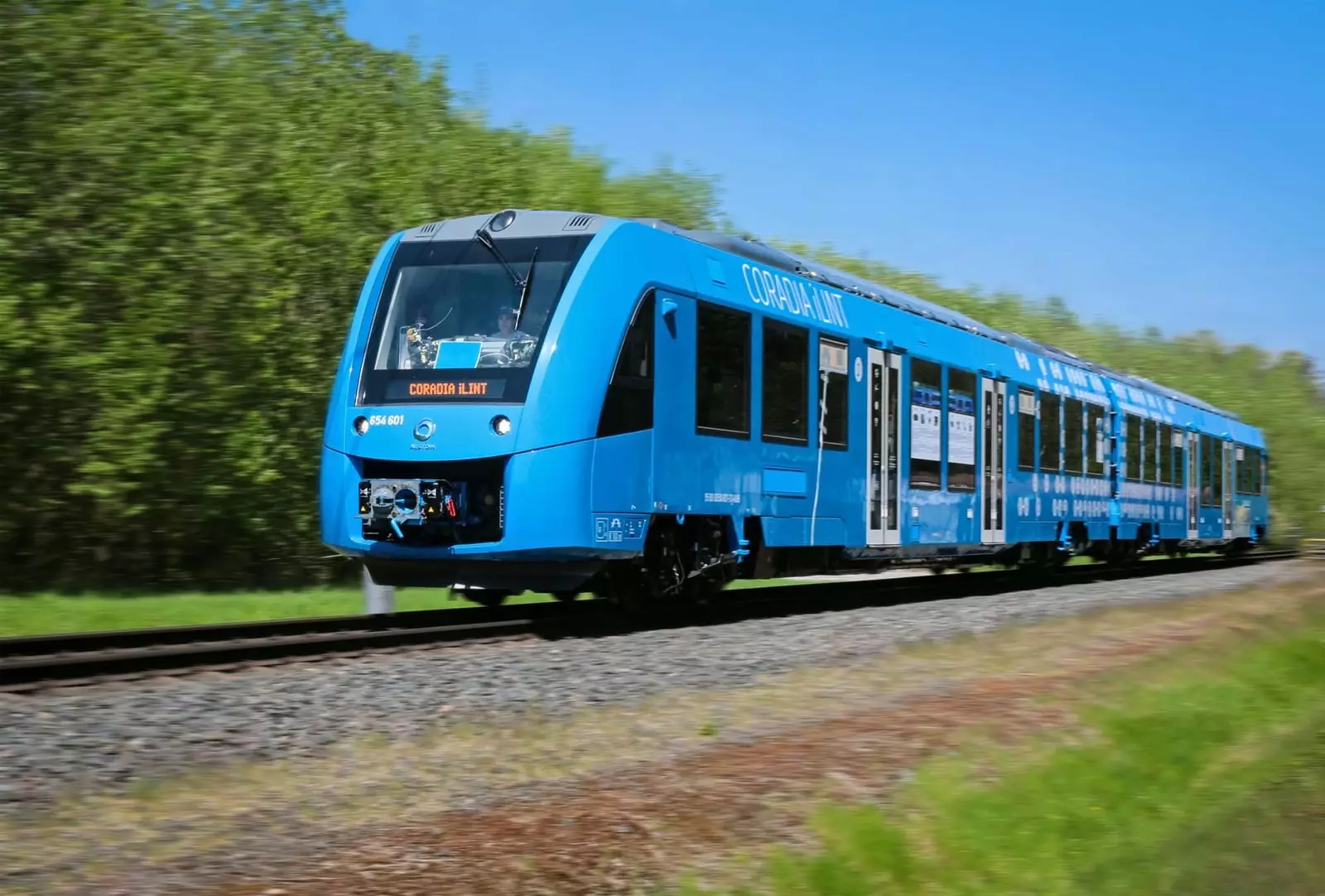
Coradia iLint, the first hydrogen train to circulate in the world
Traveling is one of the activities less sustainable What do we human beings do? flying is highly polluting , driving also leaves a significant carbon footprint, to navigate they use dangerous fuels that are forbidden on land… Therefore, we adventurers clung to the electric train- as the least problematic way to transport us from one place to another.
However, there are no power grids everywhere. “Electric trains require extensive infrastructure to supply power to the vehicles, in the form of overhead (catenary) lines. The electrification of railway lines is still expensive: it is estimated at approximately one million euros per kilometer. Despite many electrification projects in various European countries, a significant proportion of the continent's rail networks are likely to remain without electricity for the foreseeable future . About 40% of the extensive networks in Germany, for example, are not electrified.
explains it to us Joerg Nikutta, CEO of Alstom in Germany and Austria. And nobody better than him: Alstom is precisely the company that has built the world's first hydrogen-powered train , which began operating in the German country almost a year ago. It is called Coradia iLint and it travels 100 kilometers in Lower Saxony, replacing diesel-powered trains with its zero emissions - it only leaves steam and water behind.

Silent and sustainable
“While coal provided an energy density of 34 MJ/kg (megajoules per kilo), diesel provides 43 MJ/kg. Hydrogen, with an impressive 120 MJ/kg, it is the ideal energy source for the railway to face the challenges of the future ”, says Nikutta, who thinks that the implementation of this technology in trains will accelerate the use of hydrogen as an energy source for many other uses.
In fact, the great wonder of this technology is that can replace conventional train routes without having to change tracks or add new works to the existing ones. In addition, it depends only on hydrogen, an element that is available in large quantities and that shows no sign of running out, which is why, according to the expert, it also surpasses battery-operated trains, since these can only carry out journeys short. Another advantage? This means of transport does not make any noise, except when it stops, as it has the same air brakes as a conventional train.
"The only 'disadvantage' that could be talked about -explains Nikutta- is that the infrastructure for the production and supply of hydrogen (for any industry or application) requires development and investment. But, as I noted earlier, within the rail sector, the cost of refueling stations is still nominal compared to the cost of electrifying rail lines."
A TECHNOLOGY ON THE RISE
Alstom signed in 2017 with Lower Saxony the implementation of 14 hydrogen trains on its rail network. The Hesse region joined this area last year, with a request for another 27 Coradia iLint, and the company assures that more agreements have been signed within the country. In addition, places like France and the United Kingdom are also preparing to get hydrogen trains, and the Netherlands, Denmark, Norway, Italy and Canada have been interested in this quiet and sustainable technology.
